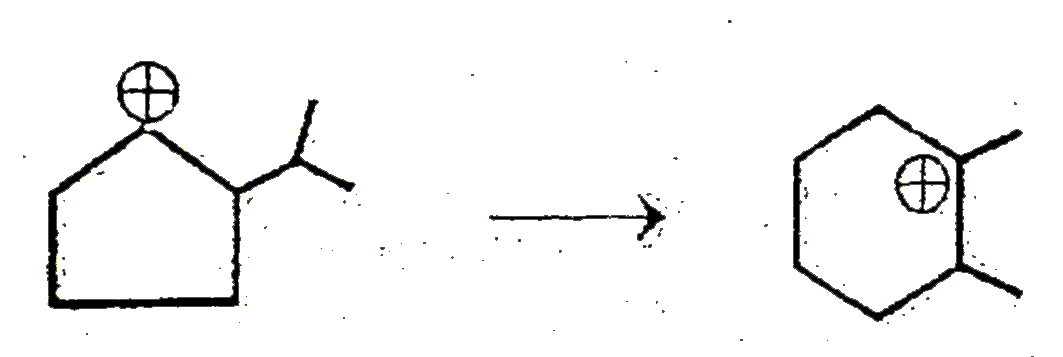How many of the following enzymes are involved in digestion of food in adults?
(Salivary amylase , Trypsinogen , Pepsin, Lysozyme, Lipase, Rennin)
5
3
6
4
The correct Answer is:D
To solve the question of how many of the listed enzymes are involved in the digestion of food in adults, we will analyze each enzyme one by one:
1. Salivary Amylase:
- This enzyme is secreted in the saliva and is responsible for the breakdown of starch into simpler sugars (maltose).
- Involvement in Digestion: Yes, it is involved in the digestion of carbohydrates.
2. Trypsinogen:
- Trypsinogen is an inactive precursor (zymogen) secreted by the pancreas. It is activated to trypsin in the small intestine, where it helps in the digestion of proteins by breaking them down into peptides and amino acids.
- Involvement in Digestion: Yes, once activated to trypsin, it is involved in the digestion of proteins.
3. Pepsin:
- Pepsin is an enzyme present in gastric juice and is active in the stomach. It breaks down proteins into smaller peptides.
- Involvement in Digestion: Yes, it is involved in the digestion of proteins.
4. Lysozyme:
- Lysozyme is an enzyme found in saliva and has antibacterial properties. It helps to kill bacteria but does not participate in the breakdown of food molecules.
- Involvement in Digestion: No, it is not involved in digestion.
5. Lipase:
- Lipase is an enzyme that breaks down fats (lipids) into fatty acids and glycerol. It is primarily secreted by the pancreas and acts in the small intestine.
- Involvement in Digestion: Yes, it is involved in the digestion of fats.
6. Rennin:
- Rennin (or chymosin) is an enzyme that curdles milk and is primarily found in young mammals. It is not present in adults.
- Involvement in Digestion: No, it is not involved in digestion in adults.
Now, let's summarize the involvement of each enzyme in digestion:
- Salivary Amylase: Yes
- Trypsinogen: Yes (once activated to trypsin)
- Pepsin: Yes
- Lysozyme: No
- Lipase: Yes
- Rennin: No
Total Involved in Digestion: 4 enzymes (Salivary Amylase, Trypsinogen, Pepsin, Lipase)
Therefore, the answer to the question is 4.
---
- This enzyme is secreted in the saliva and is responsible for the breakdown of starch into simpler sugars (maltose).
- Involvement in Digestion: Yes, it is involved in the digestion of carbohydrates.
- Trypsinogen is an inactive precursor (zymogen) secreted by the pancreas. It is activated to trypsin in the small intestine, where it helps in the digestion of proteins by breaking them down into peptides and amino acids.
- Involvement in Digestion: Yes, once activated to trypsin, it is involved in the digestion of proteins.
- Pepsin is an enzyme present in gastric juice and is active in the stomach. It breaks down proteins into smaller peptides.
- Involvement in Digestion: Yes, it is involved in the digestion of proteins.
- Lysozyme is an enzyme found in saliva and has antibacterial properties. It helps to kill bacteria but does not participate in the breakdown of food molecules.
- Involvement in Digestion: No, it is not involved in digestion.
- Lipase is an enzyme that breaks down fats (lipids) into fatty acids and glycerol. It is primarily secreted by the pancreas and acts in the small intestine.
- Involvement in Digestion: Yes, it is involved in the digestion of fats.
- Rennin (or chymosin) is an enzyme that curdles milk and is primarily found in young mammals. It is not present in adults.
- Involvement in Digestion: No, it is not involved in digestion in adults.
- Trypsinogen: Yes (once activated to trypsin)
- Pepsin: Yes
- Lysozyme: No
- Lipase: Yes
- Rennin: No
Similar Questions
Knowledge Check
- Question 1 - Select One
Which of the following enzyme digests proteins in stomach?
(a) trypsin
(b) pepsin
(c) erepsin
(d) none of theseAtrypsinBpepsinCerepsinDnone of these
Which of the following does not have the lipase enzyme for the digestion of lipids
View SolutionWrite one function each of the following enzymes:
(i) Pepsin (ii) Lipase .View SolutionHow many of the following substances given in the list below are secretes by exocrine glands ?
Saliva, oil, digestive enzymes, thyroxine, FSH, mucus , insulin , earwax.View SolutionHow many 1,2-shifts are involved in the following rearrangement of carbocation?
 View Solution
View SolutionHow many of the following diseases are transmitted by contaminated food and water?
[Typhoid, Ringworms, Pneumonia, Common cold, Dengue, Amoebiasis, Chikungunya]View SolutionHow many among the the following bacteria are involved in nitrogen fixation? Bacillus ramosus,Pseudomonas, Lactobacillus, Beijerinckia, Frankia,Klebsiella, Clostridium, Bacillus subtilis, Salmonella, Rhizobium
View SolutionHow many of the following statements are correct regarding properties of enzyme ?
(i) It lowers down the activation energy of the reaction .
(ii) An active site of the enzyme is the pocket into which the substate fits .
(iii) The catalytic structure of most of the enzyme is globular and primary .
(iv) Carbonic anhydrase enzyme is considered as the fastest enzyme.View Solution

